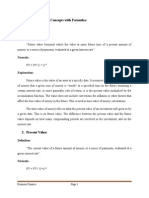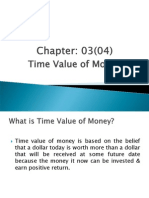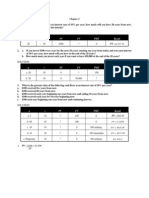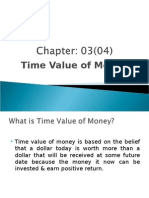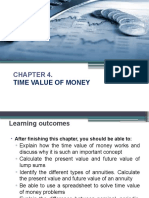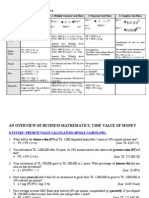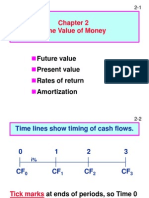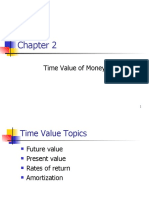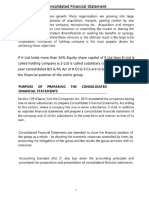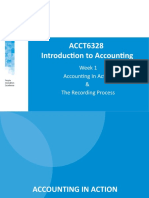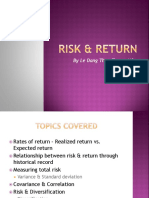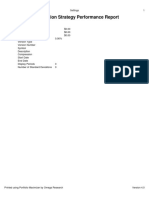0% found this document useful (0 votes)
11 views68 pagesFISHC Assignment Chapter 5-1
The document provides various financial calculations related to future value (FV), present value (PV), interest rates, and annuities over different time periods. It includes examples of calculating FV and PV for different cash flows, interest rates, and annuity types, demonstrating the impact of compounding and discounting. Additionally, it discusses the effects of interest rates on the present value of annuities and the importance of using the correct growth rate for accurate financial planning.
Uploaded by
vynln234082eCopyright
© © All Rights Reserved
We take content rights seriously. If you suspect this is your content, claim it here.
Available Formats
Download as XLSX, PDF, TXT or read online on Scribd
0% found this document useful (0 votes)
11 views68 pagesFISHC Assignment Chapter 5-1
The document provides various financial calculations related to future value (FV), present value (PV), interest rates, and annuities over different time periods. It includes examples of calculating FV and PV for different cash flows, interest rates, and annuity types, demonstrating the impact of compounding and discounting. Additionally, it discusses the effects of interest rates on the present value of annuities and the importance of using the correct growth rate for accurate financial planning.
Uploaded by
vynln234082eCopyright
© © All Rights Reserved
We take content rights seriously. If you suspect this is your content, claim it here.
Available Formats
Download as XLSX, PDF, TXT or read online on Scribd
/ 68










